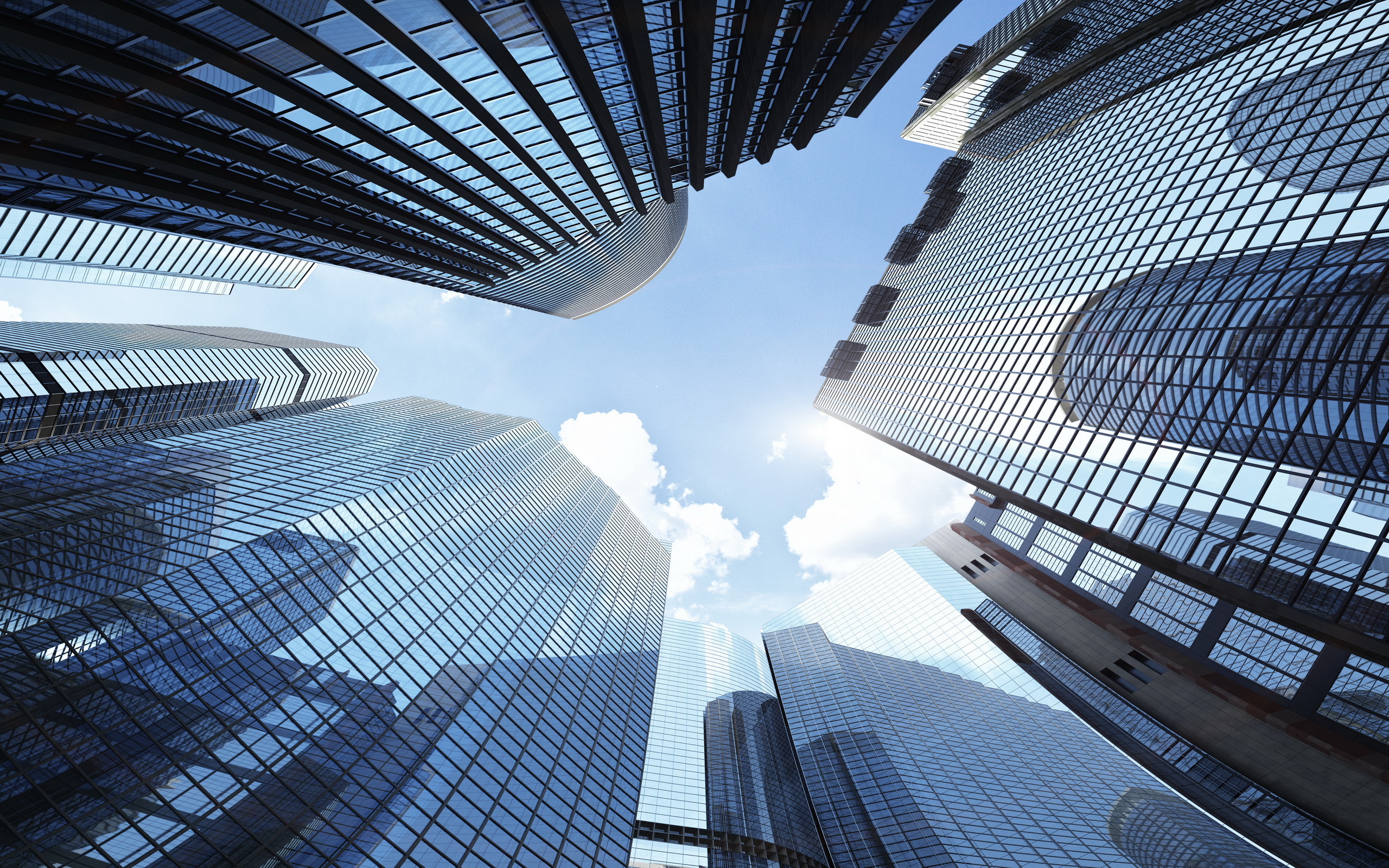Smart skyscrapers. Real use cases of AI and machine learning in building construction
AI • Feb 24,2017

Smart skyscrapers. Real use cases of AI and machine learning in building construction

Accounting for 6% of global GDP and $10 trillion in annual revenues the construction industry is truly enormous. It also has a very significant environmental impact with 50% of global steel production annual used in construction, 25-40% of the world’s total carbon emissions and 3 billion tonnes of raw materials. This is one of the oldest and traditional industries which is being disrupted by artificial intelligence and deep learning.
Smart building technology is expected to grow by 34 percent annually over the next five years, with a prediction of reaching a total market value of nearly $25 billion by the year 2021. Dubai Electricity and Water Authority has started construction of a new headquarters. The new building, named Al-Sheraa, will be the tallest, largest, and smartest net-zero energy building in the world. The building is designed to accommodate 5,000 employees, in addition to customers and visitors. The building will have over 16,500 square metres of photovoltaic solar panels to produce over 3,500-kilowatt hours (kW/h).
The building will use the latest technologies including internet of things, big data and open data, and artificial intelligence. Robots will be used for cleaning and to provide security services. A smart app will alert the employees about the time they should leave their homes based on the traffic. The same app can be used to book parking spaces and meeting rooms.
Since 2010, deep-learning companies with applications for smart buildings have raised $273m. This is promising for the smart building industry, where computers can learn to recognize patterns ranging from people in the room to room temperatures that correlate with high performance and efficiency—and then recommend these conditions. One company that’s applied deep learning to smart buildings is Oakland, CA-based Building Robotics, which develops cloud-based software for commercial buildings.
The company offers Comfy, an application that allows office workers to exert control over their heating and cooling in commercial buildings and learns their preferences. Its solution also helps building managers to reduce wasteful energy use by learning the preferences and occupancy patterns of employees and adjusting energy use throughout the day.
In September 2015, 193 countries of the UN General Assembly adopted a proposal on sustainable development goals consisting of 17 goals with 169 targets as the 2030 development agenda titled ‘transforming our world’. Goal 4 is to make cities and human settlements inclusive, safe, resilient and sustainable and goal 5 is to take urgent action to combat climate change and its impacts.
In 2016 artificial intelligence company Verdigris has introduced Einstein, an IoT smart sensor and metering platform to reduce energy consumption and cost in buildings. Verdigris’ patented artificial intelligence and IoT platform transforms mission critical facilities into living environments. Each Einstein sensor wirelessly streams millions of samples per second from a facility’s electrical panel to the cloud. The artificial intelligence then analyses these electrical fingerprints to optimise building controls automatically, predict future breakdowns, and send users critical notifications about energy use. The AI software and smart sensors aggregate key energy consumption and prediction data into instantaneous mobile apps and web dashboards. Weekly reporting emails provide insight into energy statistics and measure progress against customer goals.
Building equipment manufacturers are also positioned to take early advantage of machine learning and artificial intelligence. There has been a growing trend to incorporate sensors and telematics into maintenance and service contracts. Collecting and sending operational data to factory technicians for remote monitoring improves preventive maintenance, helps to avoid warranty disputes, and opens the door to more flexible pay-for-performance pricing models.
There’s no concrete date when construction professionals and customers will see completely smart buildings, starting from artificial intelligence techniques on construction sites and finishing smart sensors for everything, powered by big data, open data, AI and machine learning. But it’s just a matter of time.
Author: AI.Business
If you like our articles, please subscribe to our monthly newsletter:
[mc4wp_form id=”763″]